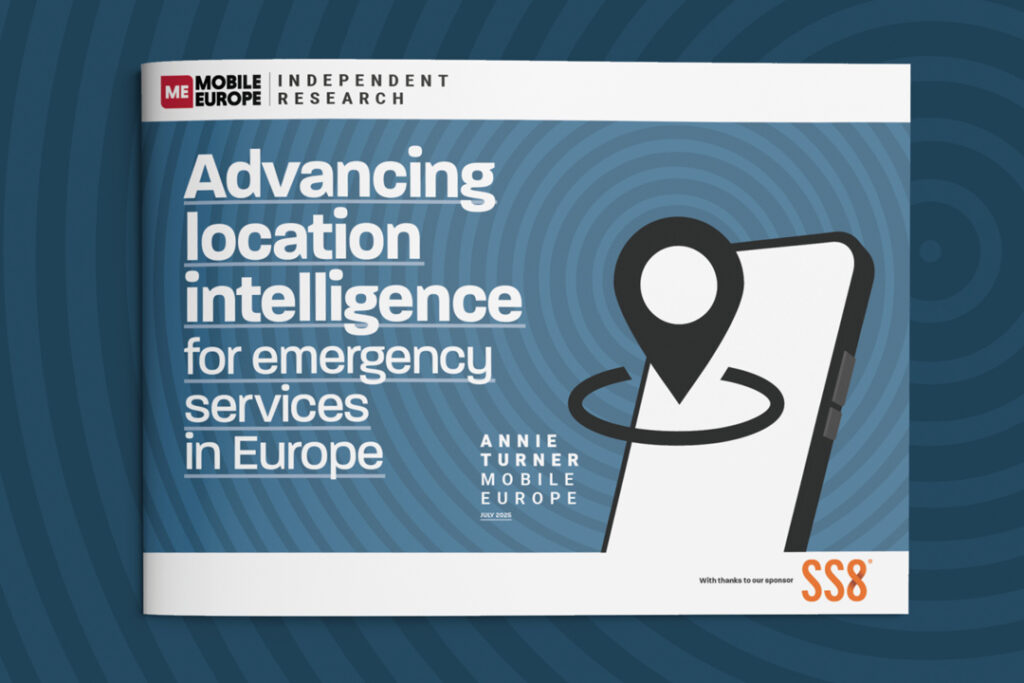Wi-Fi 8 (IEEE 802.11bn) aims to provide ultra-reliable, low-latency, energy-efficient connectivity with seamless roaming, but global standardisation is needed before its expected 2027–2028 rollout
The world is going wireless faster than ever, but our networks are under pressure. With each new wave of mobile phones, laptops, smart TVs and immersive AR/VR devices and headset, the demands on Wi-Fi networks intensify. And while Wi-Fi 7 delivered major upgrades in speed and spectrum use – such as multi-link operations across 2.4, 5 and 6 GHz bands, and doubling channel bandwidth to 320 MHz – today’s more advanced applications need more: lower latency, greater reliability and smarter performance across dense, device-heavy environments.
That’s where Wi-Fi 8 comes in. This next generation wireless LAN standard (also referred to as IEEE 802.11bn and ultra-high reliability (UHR)) will offer vital enhancements such as more consistent low latency, coordinated network behaviour to keep performance stable, and seamless roaming between access points. But, before Wi-Fi 8 deployment can begin, standardisation needs to be finalised.
Why we need Wi-Fi 8
Wi-Fi 8 will bring several benefits, enabling smarter network management and smoother switching between access points without losing connection. It will also help to make networks more sustainable by being more energy efficient. What’s more, it will support the use of AI to better manage bandwidth, coordinate between access points to reduce interference, and keep performance consistent even in busy areas.
Most importantly, Wi-Fi 8 is about reliability. With Wi-Fi 7, networks still struggle with unpredictable performance caused by packets dropping when moving between access points, or latency spikes due to colliding transmissions. This means video calls freezing, streaming interrupted, or online gaming sessions breaking down at critical moments, for everyday users. Wi-Fi 8 directly tackles these issues, making connections more stable, predictable and seamless across homes, offices and large public venues.
One of the ways Wi-Fi 8 achieves this reliability is by cutting worst-case delays for devices. Wi-Fi runs in unlicensed spectrum, devices must first listen to check that the channel is free before transmitting data. When multiple devices compete for the same airways, some are forced to exponentially increase their wait time. Today, this leads to sudden spikes in delay that can disrupt video calls or take users out of an immersive AR/VR experience. Wi-Fi 8 adds several features to coordinate transmissions more effectively and to avoid exponential wait times for high priority traffic, keeping latency low even when several devices and networks are sharing the same frequency bands.
Inside the Nokia lab
The team in the Nokia Wi-Fi Center of Excellence are testing these ideas to translate them into real improvements. One of our main focus areas is to simulate the new features keeping latency low and making access points work together, rather than as isolated units. With Wi-Fi 8, access points will be able to coordinate transmissions, and handover transmit opportunities within milliseconds. That means if a device has urgent low-latency traffic, for example an AR headset, the network can prioritise those packets instantly.
We’re also looking at seamless roaming, meaning users can move between access points at home, in the office, or in a stadium without losing their connection. These innovations will define Wi-Fi 8, ensuring users experience a network that is not only faster, but consistently reliable.
The importance of collaborative standardisation
Wi-Fi 8 standardisation will help to reduce the worst-case latency and variations, increase throughput, and improve the efficiency of wireless medium usage. The standardisation process is being led by the IEEE task group, 802.11bn. But, for it to be successful, it requires broad industry collaboration and adoption. Without an agreed-upon standard, interoperability across devices and vendors is not guaranteed, which can negatively impact user experience and adoption.
Finalising the standard and agreeing on the core features for all devices can be challenging. This is because there are a huge number of different Wi-Fi stakeholders globally, such as chipmakers, a wide range of device manufacturers, network providers and others. For Wi-Fi 8 to achieve its full potential, a single standard must be accepted and implemented across global markets.
Where Wi-Fi 8 stands now, and what needs to happen next
In the last two weeks of July the IEEE 802.11bn task group had an ad-hoc meeting hosted by Nokia in Espoo, Finland, and a plenary meeting in Madrid. The task group has been finalising the Draft 1.0 development of IEEE 802.11bn, the baseline for Wi-Fi 8 and it is going to letter ballot. This is a key milestone towards maturity of this important draft standard.
Although this first draft is near completion, it will likely take another year for additional edits to be approved and then interoperability testing needs to take place. Because of this, it’s expected that the first Wi-Fi 8 products will be introduced in late 2027 or 2028. As of July this year, there had been over 6000 contributions to Wi-Fi 8. While aligning on this high number of ideas is often challenging, collaboration is crucial and will be highly rewarding in the long run.
Wi-Fi 8 is more than a speed boost; it’s about unlocking enhanced connectivity powering the next wave of digital transformation. Just as Nokia’s 6G vision looks to fuse the digital, physical and human worlds, Wi-Fi 8 brings that ambition closer to everyday life – making networks not just faster, but truly dependable.
Looking ahead, stakeholders must continue to work together to finalise the standardisation process – this will ensure that future networks and devices work seamlessly and support next-generation applications such as mixed reality, AI and robotics.




